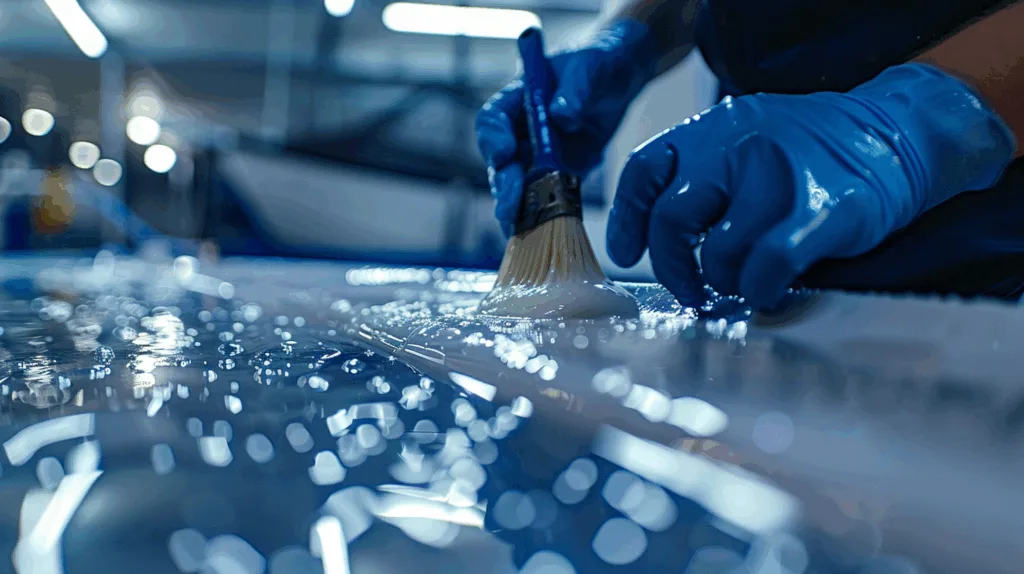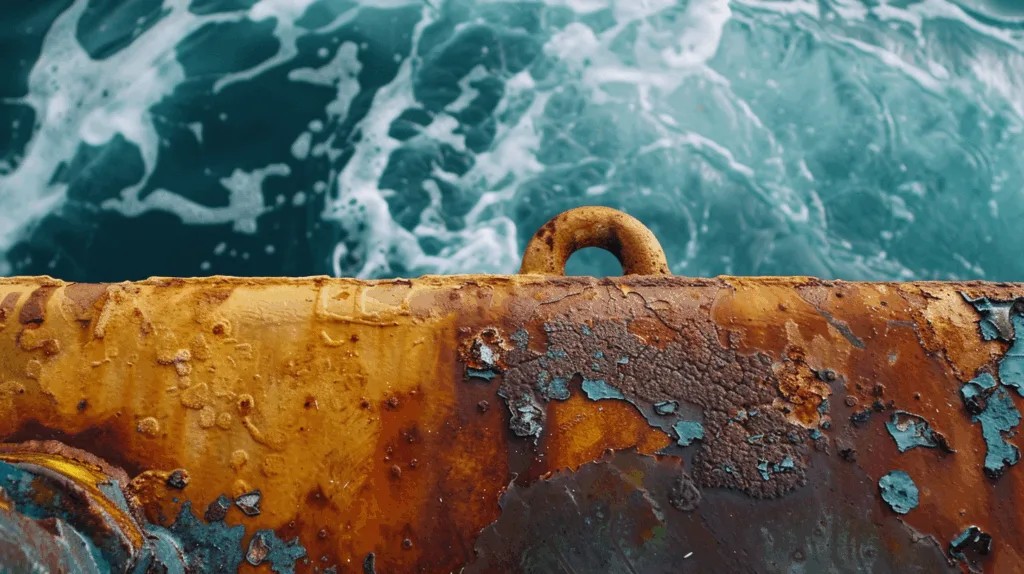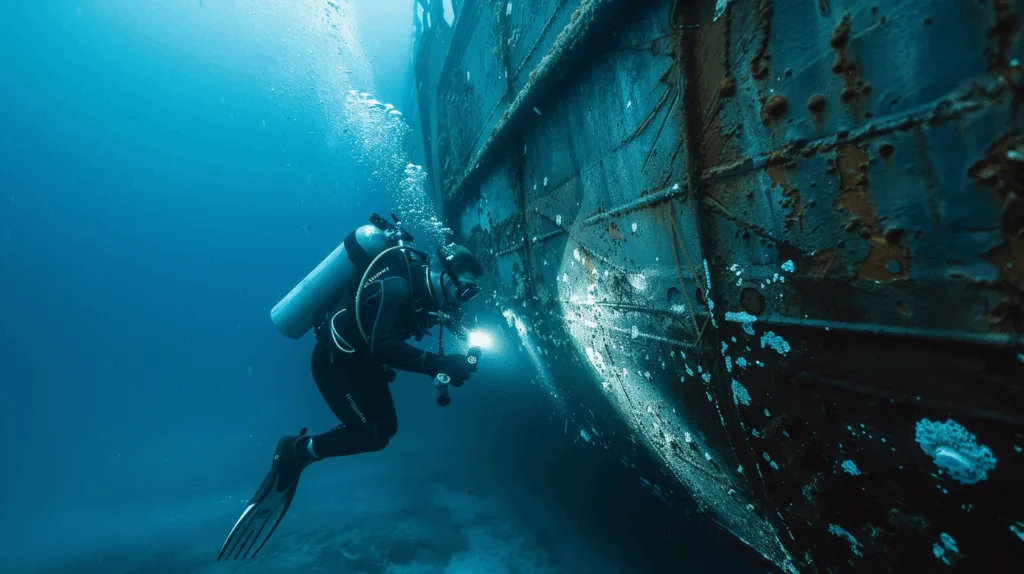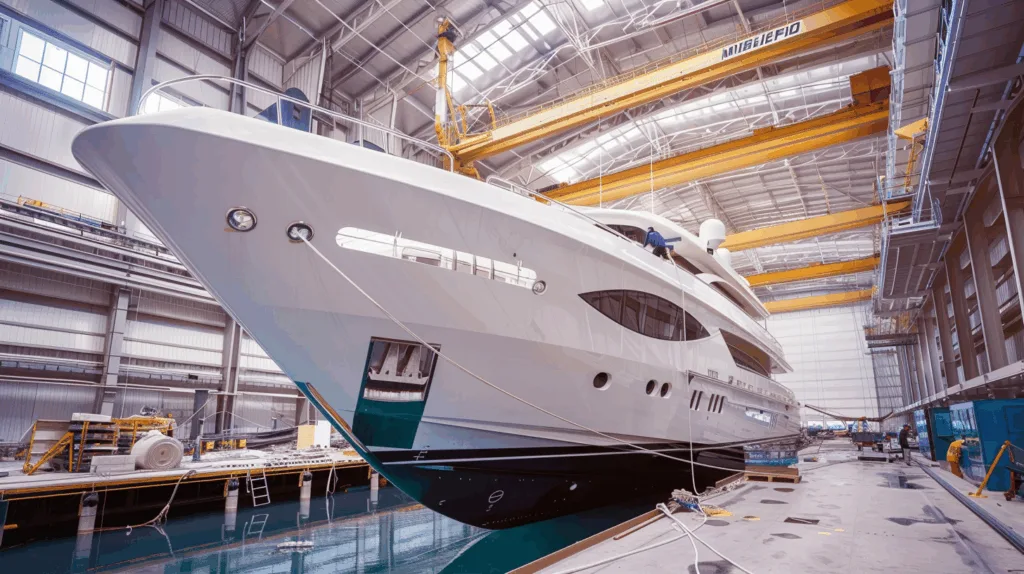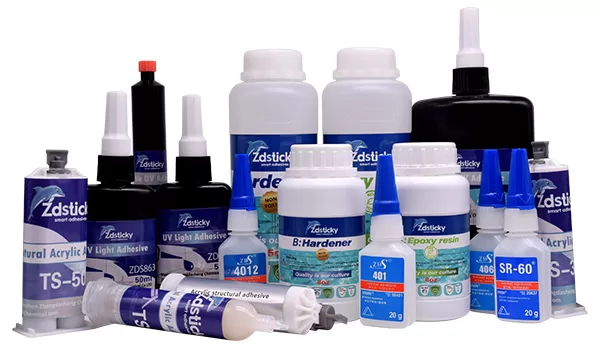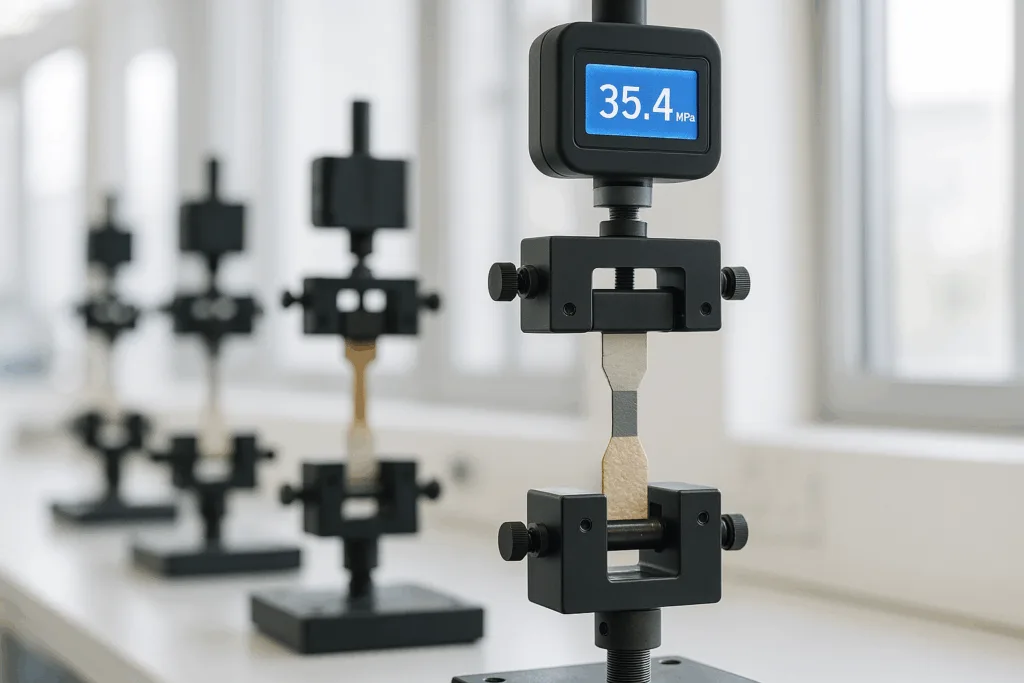Defining Waterproof Marine Sealants and Their Role in Marine Engineering
A waterproof marine sealant is a specialized adhesive compound engineered to maintain watertight, corrosion-resistant seals on ships, boats, and offshore structures. Unlike ordinary sealants, marine adhesive sealants must perform under extreme environmental stresses — including saltwater immersion, UV radiation, hydrostatic pressure, and constant thermal cycling.
These high-performance sealants are essential for ensuring the integrity of hull joints, deck fittings, portholes, underwater components, and other interfaces exposed to harsh marine conditions. They combine the flexibility of elastomers with adhesive strength sufficient to bond metals, composites, and plastics used in marine construction.
ZDS™ formulations, developed through advanced materials science and rigorous R&D, provide superior waterproofing, chemical resistance, and long-term adhesion, even when applied on damp or salt-contaminated surfaces.
How Marine Adhesive Sealants Differ from Standard Industrial Sealants
Industrial sealants, while robust, often fail in continuous submersion environments. Marine adhesive sealants, however, must resist hydrolysis, corrosion, biofouling, and UV degradation — all of which are intensified by salt and temperature fluctuations.
| Property | Industrial Sealant | Waterproof Marine Sealant |
| Water Exposure | Occasional | Continuous / Submersion |
| Salt Resistance | Moderate | Excellent |
| UV Stability | Varies | High |
| Substrate Compatibility | Limited | Broad (metal, wood, plastic, composites) |
| Elasticity | Medium | High (accommodates hull flexing) |
ZDS™ marine sealants meet and exceed IMO, ASTM, and ISO performance benchmarks, making them a trusted solution for shipyards, OEM manufacturers, and repair specialists worldwide.
Marine Adhesive Sealant Market Overview
Global Demand for Waterproof Marine Sealants (2025–2030)
The global marine sealant market is projected to surpass USD 1.8 billion by 2030, driven by the expansion of the shipbuilding industry, renewable offshore projects, and naval modernization. Growth is particularly strong in the Asia-Pacific region, where major shipyards rely on long-life, eco-compliant sealants for commercial and military vessels.
Key market trends include:
- Increased use of hybrid polymer sealants (silane-modified polymers) replacing solvent-based systems.
- Rising demand for low-VOC and non-toxic marine adhesives.
- Integration of adhesive-sealant hybrids for structural bonding and sealing.
Regulatory Standards Shaping the Market
Waterproof marine sealants are regulated by several global standards to ensure environmental and operational safety:
- IMO (International Maritime Organization) for marine material approval
- REACH & RoHS for chemical compliance
- ASTM C920 / ISO 11600 for sealant performance classifications
- MARPOL Annex VI limiting volatile emissions
ZDS™ formulations comply with all major environmental and performance standards, ensuring reliability from shipyard assembly to offshore maintenance.
Chemical & Technical Background
Polymer Chemistry Behind Marine Sealants
Marine sealants are built on advanced polymer backbones designed for flexibility and adhesion:
| Polymer Type | Characteristics | Marine Application |
| Silicone | Excellent UV and temperature resistance | Deck joints, windows |
| Polyurethane (PU) | Strong adhesion and mechanical strength | Structural hull bonding |
| MS Polymer (SMP) | Hybrid durability with low VOC | General marine sealing |
| Polysulfide | Outstanding chemical and fuel resistance | Fuel tanks, underwater joints |
Each ZDS™ waterproof marine sealant is formulated with optimized crosslink density, reactive silane groups, and moisture-cure catalysts that allow rapid skin formation and deep curing under high humidity — ideal for dockside or at-sea applications.
Adhesion Mechanisms on Wet and Salt-Exposed Surfaces
Achieving adhesion in wet marine environments is a challenge. ZDS™ uses hydrophobic functional silanes and nanoparticle dispersions that promote chemical bonding even on damp aluminum or fiberglass surfaces.
The result is:
- Superior wet adhesion
- No bubbling or blistering under hydrostatic pressure
- Consistent bond integrity under cyclic stress
These innovations make ZDS™ a preferred choice for OEM assembly lines requiring fast, reliable marine sealing.
ZDS™ Technology Advantages
Proprietary Marine Sealant Formulation
ZDS™ marine adhesive sealants integrate nano-modified silane polymers, UV-resistant stabilizers, and marine-grade plasticizers. They exhibit:
- Tensile strength up to 2.5 MPa
- Elongation > 400%
- Shore A hardness: 35–45
- Salt spray resistance: >2000 hours
Long-Term Saltwater Resistance & UV Stability
ZDS™ sealants are tested in artificial seawater and UV chambers, replicating 5+ years of marine exposure. The advanced polymer matrix retains adhesion and color stability, preventing chalking and degradation.
Superior Adhesion to Marine Substrates
ZDS™ sealants adhere to:
- Aluminum, stainless steel, galvanized steel
- Fiberglass-reinforced plastic (FRP/GRP)
- PVC, ABS, and coated surfaces
- Marine plywood and epoxy-coated panels
Adhesion promoters ensure chemical bonding even when applied to oxidized or salt-contaminated substrates.
Waterproofing and Anti-Corrosion Performance
Marine structures are continuously attacked by salt ions, which accelerate corrosion. ZDS™ marine sealants incorporate ion-blocking fillers and hydrophobic chain ends that prevent chloride penetration.
Key Performance Benefits:
- Corrosion barrier: Prevents electrochemical reactions on metallic surfaces.
- Waterproof matrix: Zero water migration under 5 bar pressure.
- Self-sealing properties: Maintains seal integrity despite micro-movement or flex.
Testing under ASTM B117 salt spray and ISO 4892 UV aging confirms excellent retention of elasticity and adhesion after 2000 hours.
Bonding Substrate Compatibility
Marine structures combine multiple materials — metals, composites, plastics, and wood — each with different surface energies. ZDS™ waterproof marine sealants are engineered for universal substrate compatibility without primers.
| Substrate | Surface Energy (mJ/m²) | ZDS™ Adhesion Result |
| Aluminum | 840 | Excellent |
| FRP/GRP | 520 | Excellent |
| PVC | 330 | Very Good |
| Marine Plywood | 680 | Excellent |
Application Engineering
Typical Marine Applications
- Hull-to-deck joints
- Window and portlight sealing
- Keel bonding
- Deck hardware and cleats
- Bilge and engine compartment sealing
Underwater Application:
ZDS™ underwater-curable sealants can be applied directly on submerged surfaces, achieving immediate waterproof bonding — ideal for emergency repairs.
Performance Testing & Standards
ZDS™ sealants undergo multi-parameter validation:
| Test | Standard | Result |
| Tensile Strength | ASTM D412 | 2.4 MPa |
| Elongation | ISO 37 | 430% |
| Adhesion (Steel) | ASTM C794 | 100% cohesive |
| Salt Spray | ASTM B117 | 2000 hrs, no corrosion |
| UV Aging | ISO 4892 | No discoloration |
| Water Absorption | ASTM D570 | <0.5% |
Durability & Environmental Resistance
ZDS™ formulations maintain elasticity across -40°C to +90°C and resist:
- Salt fog and humidity
- Hydrolysis and microbial attack
- Biofouling and UV exposure
Predictive modeling estimates >15 years service life under marine exposure.
Eco-Friendly & Regulatory Compliance
- Solvent-free & isocyanate-free
- Low-VOC (≤40 g/L)
- Compliant with REACH, RoHS, and MARPOL Annex VI
ZDS™ invests in sustainable raw materials and recyclable packaging to reduce the environmental impact of marine adhesive systems.
Installation & Application Guidelines
- Clean surface – remove oils and corrosion.
- Apply in beads – 4–6 mm thickness recommended.
- Tool within 10 min for smooth finish.
- Cure time: 24 hrs for full bond at 23°C/50% RH.
- Do not paint until fully cured.
Avoid using solvent cleaners immediately before application, as they may hinder adhesion.
Repair and Maintenance Solutions
ZDS™ portable marine sealant kits enable field repairs for:
- Cracked hull joints
- Leaking deck seams
- Deteriorated porthole seals
Underwater-curable options ensure immediate waterproofing during emergency maintenance.
Comparison with Other Sealant Technologies
| Property | Silicone | Polyurethane | MS Polymer (ZDS™) |
| UV Stability | Excellent | Good | Excellent |
| Paintability | Poor | Good | Excellent |
| VOC Content | Low | Moderate | Very Low |
| Cure Speed | Moderate | Fast | Fast |
| Salt Resistance | Excellent | Good | Excellent |
ZDS™ MS Polymer-based marine sealants deliver balanced performance, combining the best features of silicone and polyurethane systems.
Case Studies
1. Offshore Wind Turbine Sealant Solution
ZDS™ waterproof marine sealants were used in turbine base joints exposed to constant salt spray. Result: no adhesion failure after 2 years.
2. Luxury Yacht Assembly
OEM yacht manufacturers adopted ZDS8385AB for bonding hatches and deck fittings. Result: zero leak warranty claims across 50+ vessels.
Cost & Procurement Considerations
While marine sealants vary in cost ($8–$25/kg), ZDS™ formulations offer lower lifetime cost due to extended durability and reduced reapplication frequency.
ZDS™ supports:
- OEM bulk supply contracts
- Private-label options
- Technical training and distributor support
Future Innovations in Marine Sealants
The next generation of ZDS™ waterproof marine sealants will feature:
- Nano-silica reinforcement for self-healing
- Fluoropolymer surface layers for antifouling
- Embedded sensors to monitor sealant health remotely
Safety and Handling
- Use gloves and eye protection.
- Ensure proper ventilation during application.
- Store between 5–25°C in sealed containers.
- Shelf life: 12 months from production date.
Selection Guide
| Substrate | Recommended Product | Max Service Temp | Notes |
| Aluminum | ZDS8385AB | 90°C | UV stable, paintable |
| FRP | ZDS701C | 80°C | High flexibility |
| PVC/ABS | ZDS1311 | 70°C | Non-staining |
| Wood | ZDS1006 | 100°C | Excellent adhesion |
Testing Data Summary
| Parameter | Average Result | Industry Benchmark |
| Water Absorption (%) | 0.3 | ≤1.0 |
| UV Retention (%) | 96 | ≥85 |
| Salt Resistance (hrs) | 2000 | ≥1500 |
| Adhesion (MPa) | 2.4 | ≥1.8 |
FAQs
What is a waterproof marine sealant?
It’s a specialized adhesive formulated for watertight and corrosion-resistant sealing in marine environments.
Can marine sealant be applied underwater?
Yes — certain ZDS™ sealants cure underwater for emergency or submerged repairs.
Can marine adhesive sealant be painted over?
Yes, once fully cured. ZDS™ sealants support most marine-grade paints.
How long does a waterproof marine sealant last?
Typically 10–15 years, depending on UV and salt exposure.
What’s the difference between silicone and polyurethane marine sealants?
Silicones excel in UV resistance; polyurethanes provide mechanical strength. ZDS™ hybrids combine both benefits.
Which waterproof marine sealant is best for aluminum hulls?
ZDS8385AB is optimized for strong adhesion and corrosion protection on aluminum.
Conclusion & Call to Action
ZDS™ waterproof marine sealants represent the forefront of marine bonding technology — combining high elasticity, deep waterproofing, UV stability, and eco-compliance in one solution. Whether for OEM shipbuilding, offshore structures, or maintenance, ZDS™ offers unmatched durability and technical support.

